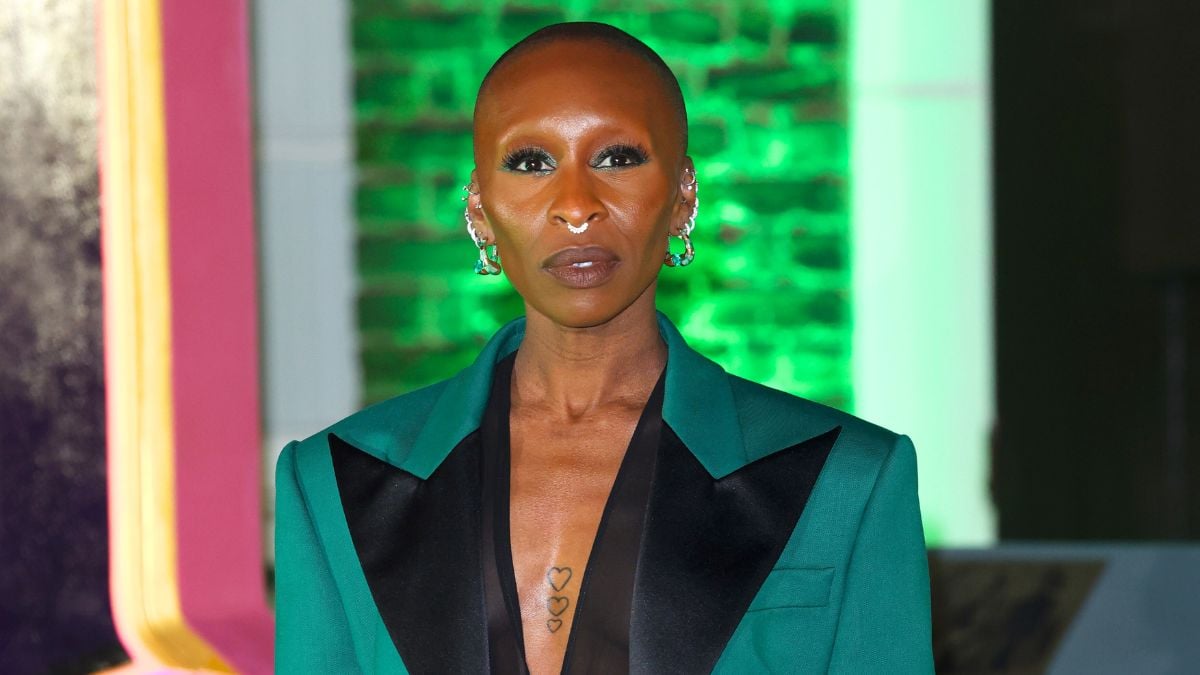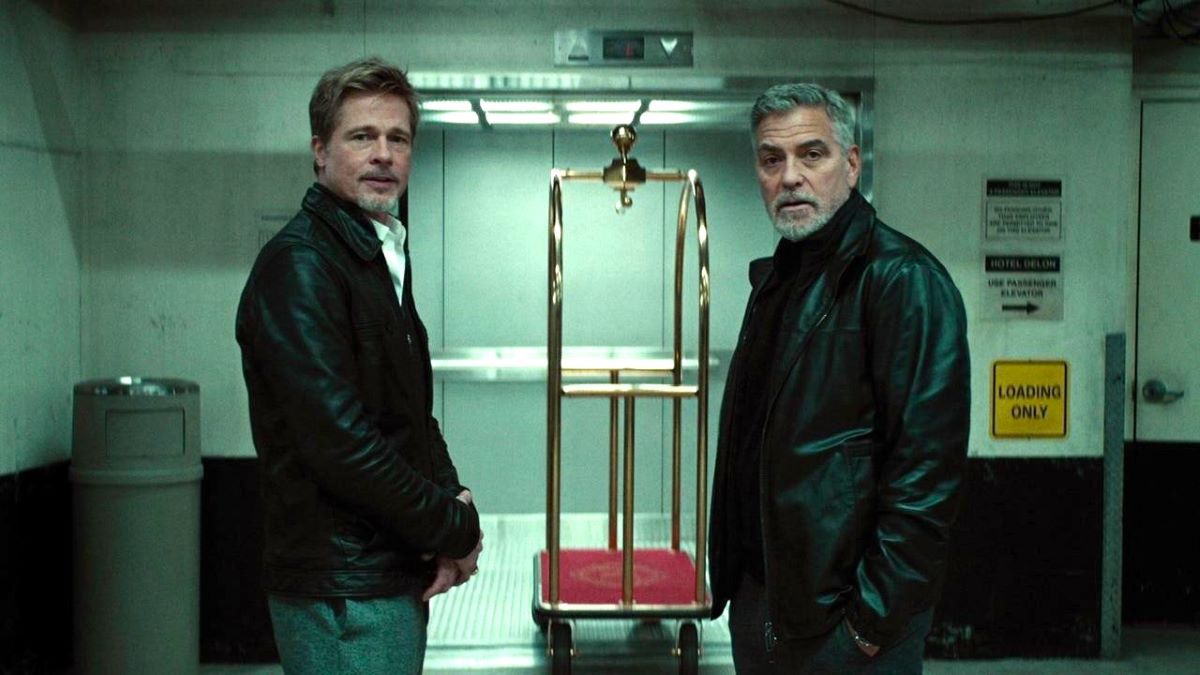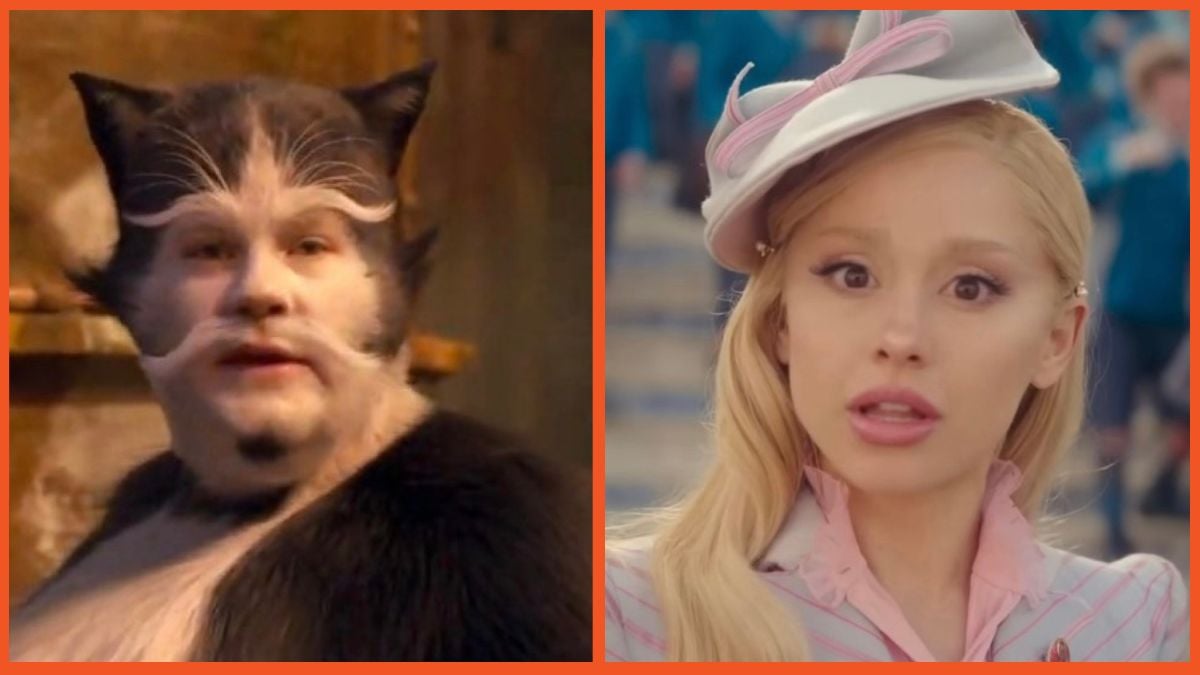
Earth to Echo marks the feature directing and screenwriting debuts of Dave Green and Henry Gayden. A throwback to classics like E.T. and The Goonies, where it’s up to the children to save the day without any help from surrounding adults, the film follows three youngsters whose families are being forced out of their homes due to highway construction. As they are packing to move, the kids start receiving strange messages on their cell phones, leading them to ride their bikes out into the middle of nowhere. They eventually come across a small, friendly alien who’s stranded on Earth and is looking for a way back home.
Recently, at the LA press day for the film, I had the chance to sit down for an exclusive interview with Green and Gayden to discuss Earth to Echo. Among other things, the friendly duo spoke about the challenges they faced on set, how they sold the movie to the studio, where the story originated, which films inspired them and much more!
Check it out below, and enjoy!
Dave, I heard you shot a one minute clip to help sell the movie. What was that clip about?
Dave Green: The clip was basically like a little teaser. I would say it was like the first act of the movie. It was these kids saying “something’s messed up on my phone, what do you think it is? I don’t know.” And then it’s the kids planning and saying “I got a baseball bat in my garage. I can grab that, I could grab some flashlights…” It’s a little bit of a montage of the kid’s voices saying and planning what they are doing and shots of them, and also cut in with some like vacation footage that I had shot when I was in Arizona going to a wedding. I just shot these cactuses kind of floating by and I was like, I’m not shooting these for any reason, and then they ended up in this video. They find the cylinder and it cracks open. We don’t see what’s inside, and then comes the title.
That sounds like the perfect teaser.
Dave Green: Right on, yeah.
Was producer Andrew Panay the one who came up with the story for Earth to Echo?
Dave Green: I met Andrew in a meeting and what he pitched me was they got in the middle of nowhere and they find something and they document the whole adventure themselves, and I said that I thought it was cool. We grew up watching and loving the same stuff, and this felt like it could be in the same kind of wheelhouse of those things that we loved as kids; those adventure movies that are funny and had scares and had heart. So I went to him [Henry] that night and I said, “What do you think of this little kernel of an idea?”
Henry Gayden: It was like a big container. They find something and I didn’t know what it was. I was initially sort of dismissive and I didn’t think much of it, and then at midnight I was like well this is fun so I just played around with something. At 2 a.m. I had a story and it was a close approximation of what we were sort of building. I was excited, and then a week and a half later, we shot the short, and then the next week we were pitching it. It was crazy. Panay just set us off on a runway that we just couldn’t get off of.
Were there any movies that you loved from your childhood that served as an inspiration for this one?
Dave Green: I wouldn’t say they were things that we talked about explicitly. They were more just like tonal reference points. When I’d say we grew up in the 80’s, and we were like 80’s babies, for me those were Amblin movies, they were John Hughes movies, they were early Tim Burton movies and even like Ghostbusters. The through line for all those movies for me, movies that I grew up loving like Jurassic Park and Indiana Jones, were adventure movies that had scares and they had comedy and they had heart to them. [It was about] going to the movies and really just having fun without a great deal of darkness, and that was something I felt I hadn’t seen in a long time. This is a tone that I always love. For me, it was more about the tonal touch points that we talked about.
Henry Gayden: Yeah, and what really drew me to it was there are all these movies like, Lucas and Goonies and E.T., and even small movies like Melody, that have kids talking authentically to each other and the movie doesn’t talk down to them. It doesn’t pander. Even today when I see that in a movie it excites me because it’s so easy to write kids as adults perceive them to talk as opposed to trying to write an authentic adult into a children’s body. We are stuck with these kids and it is shot from their perspective, so that was exciting for me.
Dave Green: There were other movies that had just feelings of putting ourselves in the shoes of being that age. They are not movie kids. I kind of look at my middle school life through rose colored glasses and I felt so good. But when you actually think about how you felt, you’re like, “No I was going through shit.” Even when you’re going from elementary school to middle school and from middle school to high school and high school to college, there are these fissures that happen where groups of friends break up and they eventually might come back together. But we wanted to create a kind of a coming-of-age story that was about this very charged moment in time for these kids where they had something going on in their lives that was forcing them to grow up in a way. There are other movies that inform that too, like American Graffiti, which is a movie that leaves me with a heavy heart because he’s [Richard Dreyfuss’ character] flying away.





Published: Jul 3, 2014 03:35 pm